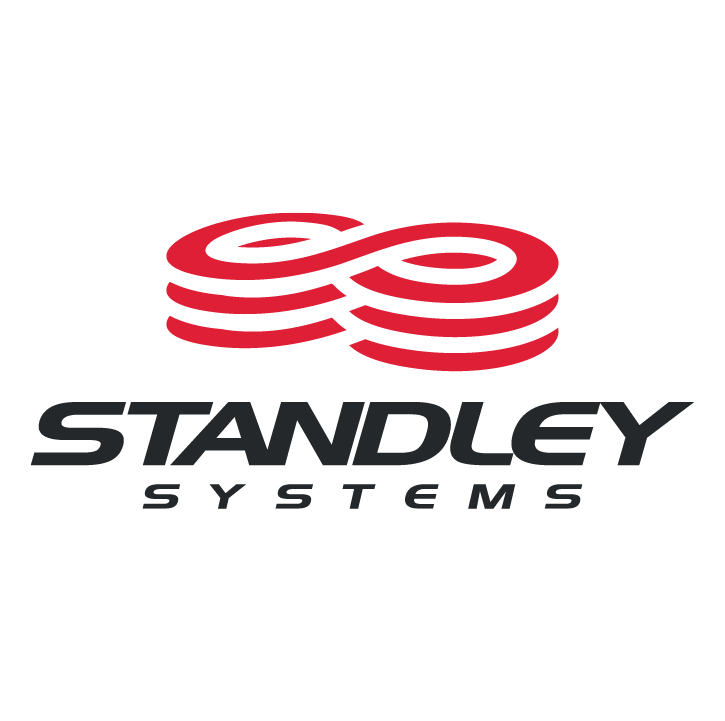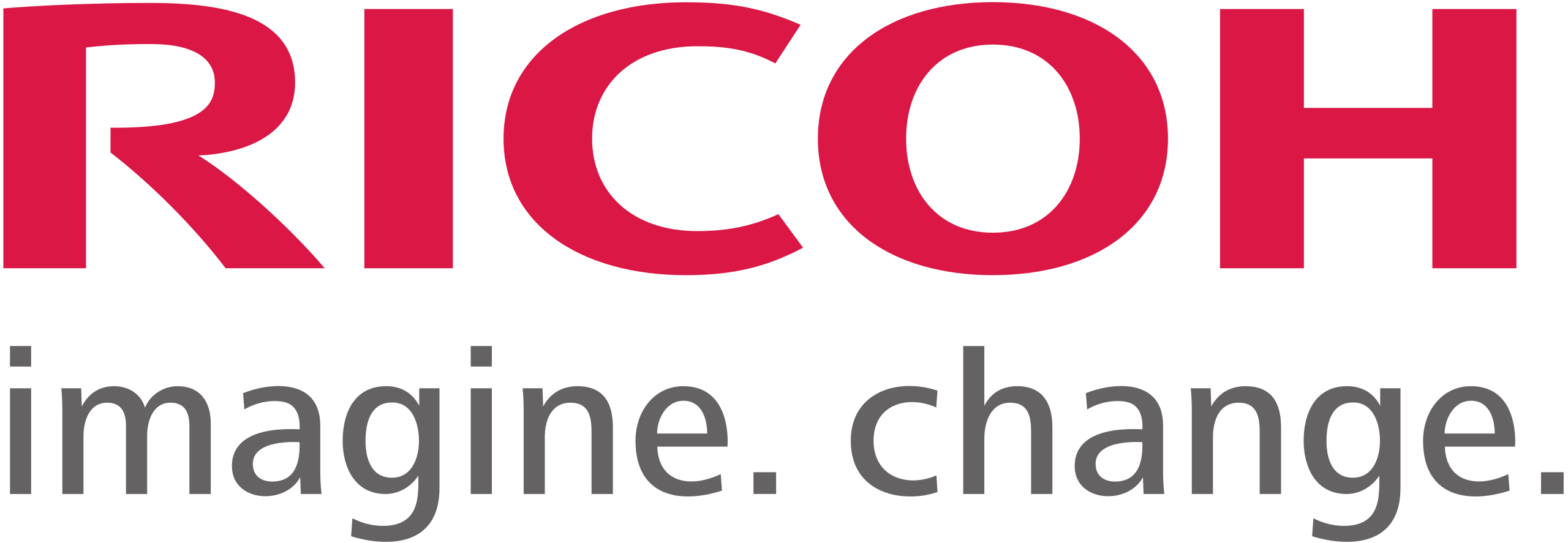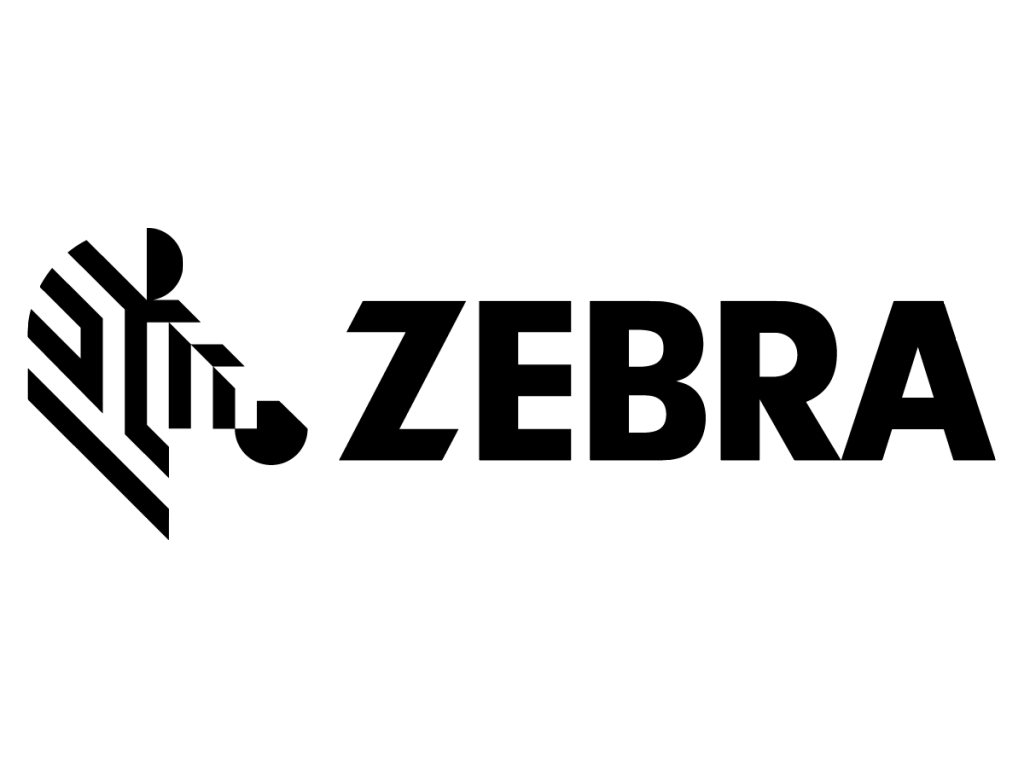4 min read
What Can IT Teach You About Your Business?
By:
Standley Systems Staff
on
June 23, 2025
Updated: June 23, 2025

You’re trying to find the last critical bit of information you need to deliver the finished product to your client, but you have to dig through a 30-message email thread for clues. As a result of these types of inefficiencies, a simple task took three days to complete. You know there are tools that should make this process simple, so you’re left wondering: Where did the breakdown happen?
IT is more than just servers and support tickets. It’s a clear reflection of how your business runs. This connection between technology and strategy is at the heart of business transformation, where IT becomes a catalyst for long-term growth
When you look deep into your systems, IT reveals patterns in your productivity and workflow that can help you become more efficient. It shows you how your customers interact with your products and services, so you can develop strategic plans for business growth. An effective IT stack overseen by a managed service provider (MSP) puts you ahead of small problems before they escalate into big ones.
Tracking Team Productivity with Collaboration Tools
Team collaboration is one of the most valuable IT functions. Remote teams working asynchronously need to clearly communicate with each other and work on the same documents while tracking changes. Even teams working on-site have to collaborate digitally to avoid redundant work and other miscommunication errors.
Small and medium-sized businesses often use tools such as Microsoft Teams, Slack, and Google Workspace to communicate in real time and leave an easily searchable trail. When you can’t remember which font the design team wanted to use, you need to be able to find the information quickly without having to wait for someone to answer the question in an email. Software programs such as Asana and Trello give you a visual method for staying on track when managing projects. Everyone can see what needs to be done next and what’s coming down the pipeline.
IT analytics can reveal how much time you spend in these tools and how often you communicate. It can also show data patterns such as file-sharing frequency and response times. You can use this information to improve your workflows and get the most out of your tools. Understanding your workload distribution and communication gaps can prevent project delays and increase your productivity.
For example, if your customer service team spends twice as much time communicating via email rather than using your customer relationship management (CRM) platform, it could mean the CRM isn't user-friendly enough.
Identifying Inefficiencies Through Workflow Analytics
The data hidden in your IT stack can give you powerful insights into how your team's workflow, including inefficient patterns that could be slowing you down. You can find this data in workflow monitoring tools and automation reports that are typically included in your system logs.
Here, you’ll find redundant tasks and delayed handoffs. You’ll also see tedious and time-consuming manual steps that could be automated, freeing up your team to focus on high-value tasks instead. This is where your opportunities are. You can streamline processes to improve your output without increasing your costs.
For example, one company noticed repeated delays in onboarding new hires. Its workflow logs showed a bottleneck in IT account provisioning. This is an easy process to automate, and a quick fix shaved three days off onboarding time. As an added bonus, the new tool made the process more secure by enforcing role-based access control.
Using Customer Data to Spot Trends and Opportunities
You can also mine your IT data for growth opportunities. Almost all modern tools include comprehensive data collection resources you can use to analyze and improve your performance. Your CRM can show you which customers are ready to churn. On the backend of your website, you can see if your content is delivering value to your customers. Your e-commerce platforms can predict how much inventory you should keep in stock for the upcoming quarter. However, you can only use this information if you know how to access it and integrate it into your strategic planning.
When you tap into data analytics, you can tailor your marketing campaigns to resonate with your target audience. You can launch new products with confidence because you know your customers want them based on their behavior and sentiment analysis.
Take, for example, an MSP client who noticed an uptick in password reset tickets every Monday. To give their customers a self-help option, they launched a password manager training program. In response, their support tickets dropped 40%.
Aligning IT Metrics with Broader Business Goals
Ultimately, the goal of your IT is to support your business. Regardless of how flashy and impressive a program is, if it doesn’t move the needle on your objectives, it’s not doing its job.
Consider what metrics you need to understand to implement a continuous improvement feedback cycle. These may include technical metrics such as uptime or incident response rates. You may need to track system adoption rates to measure whether your team is actually using the shiny new software you invested in. Security compliance metrics can tell you how well you’re following cybersecurity best practices to protect your business from hackers.
All of these metrics reflect your performance, risk posture, and resource allocation. They give you a comprehensive overview of whether your business is poised for growth or vulnerable to a potential catastrophe lurking in the background.
Use IT key performance indicators (KPIs) to drive conversations at the leadership table. This data can link uptime to productivity or response time to customer satisfaction. Data-based decisions can drive new opportunities and business growth.
By correlating their system downtime with lost e-commerce revenue, for example, a client justified investing in cloud redundancy. They no longer lost customers due to website glitches, and the return on investment (ROI) was clear within the quarter.
The Hidden Business Intelligence in Your IT Stack
The value of IT data goes beyond the tech team. It extends to management and operational strategies that empower long-term growth and profitability. Your MSP should be an extension of your team, not just a number you call to troubleshoot tech problems.
Curious what your IT setup might be telling you about your business? Let’s find out together. The experts at Standley Systems can help your business gain actionable insight from your IT data. Contact us today to learn more.

 800-522-3725
800-522-3725 info@standleys.com
info@standleys.com Support
Support











